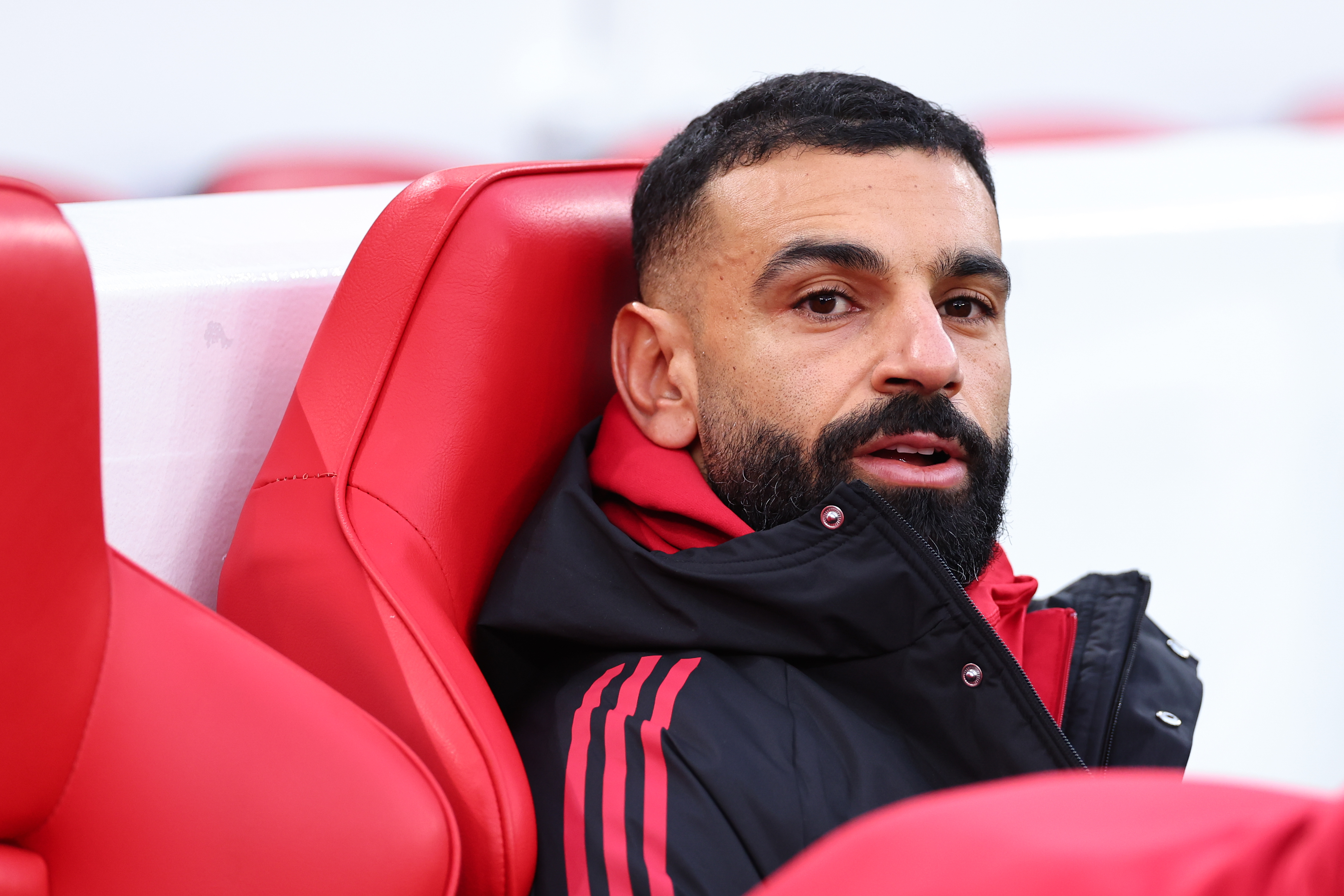The Arsenal Shirt review – A sumptuous history of one of football's most famous kits
There's plenty of myths around Arsenal's kit to be debunked, but still enough fascinating true stories about its evolution to fill this coffee table book

The Arsenal Shirt by Simon Shakeshaft and James Elkin is a sumptuously produced coffee table book. It is full of curious facts and titbits as well as lavish pictures.
I found some of the odd stories around the Arsenal shirt fascinating. It is a book to be looked at, to be sure, but also to be read.
Shakeshaft and Elkin dispel several myths. One of these is that Arsenal wear red as, when they were founded in 1886, they were given a set of Nottingham Forest shirts.
The authors find no evidence to support this – it was just a football that Forest gave. Moreover, they point out, Forest were amateurs whose players had to provide their own kit. It is unlikely such a club would have a spare set of jerseys knocking about.
Instead the colour red decided at a club meeting. The options were whittled down to two – all red or blue with a maroon band.
Thus it was that Dial Square adopted red as its strip. The team changed its name several times – to Royal Arsenal, Woolwich Arsenal, The Arsenal and then Arsenal. But the red remained constant.
The early shirts were all red. Decades later a white collar was introduced. Then in 1933 manager Herbert Chapman changed the sleeves to white. Arsenal’s iconic strip was born.
The best features, fun and footballing quizzes, straight to your inbox every week.
Arsenal had tried a red-and-white combination for their socks, but the red ran on washing. The socks became a chaotic pink.
It was said the white shirt sleeves were unstitched and washed separately, and then restitched afterwards, to prevent this happening to the shirts also. Whether this is simply another myth, the authors have not uncovered.
But one washing story they have stood up is about the goalkeeper’s jersey.
Dan Lewis had blamed his error in the 1927 FA Cup final on his shiny new jersey. So for the 1930 final the goalkeeper wore an old unwashed jersey – and this remained the custom for Arsenal keepers for the next 40 years.
The 1936 FA Cup final was between Sheffield United and Arsenal, and both teams wore their red and white shirts. After this, the FA decided no colour clashes would be allowed.
So for the 1950 Arsenal vs Liverpool final, both teams had, under the competition rules, to change their shirts.
This merely threw up another clash. Both teams’ change strips were white. Arsenal lost a coin toss, so had to come up with a third strip. It was expected this would be blue, as they had often used this colour.
But the team manager “thought I might be different, finally deciding upon old gold shirts with white collars, white shirts and black-and-old-gold hooped stockings”.
But it was not only Arsenal team managers that chose the Arsenal shirt – players and even opposition managers did.
The 1957 Arsenal shirts had a label inside the collar saying “Styled by Matt Busby.” These shirts were made by Manchester firm Umbro, who had hired the Manchester United manager as their consultant.
Player Frank McLintock, believing the white-sleeved shirt unlucky, badgered manager Billy Wright to revert to the original all-red style. In the summer of 1965 Arsenal’s pre-season group photo was of them in white-sleeved shirts. But for that season they wore all-red shirts bar a white collar and cuffs.
For the following season, new manager Bertie Mee decided to change the Arsenal shirt back to one with white sleeves.
But he had missed the league’s deadline to do so. So that year in the league they still wore the all-red shirt. But in the FA Cup, they wore a white-sleeved one.
McLintock later reflected: “Long before kit manufacturers and commercial sponsors interfered in kit design with scant regards for club history, one nagging player could succeed in dumping Arsenal’s emblematic shirt. It was not a great decision, looking back. I’m actually quite embarrassed about it.”
These commercial reasons now dictate new kits every season. Previously the same design would last for many years. Arsenal shirts for the first few decades would not even have the club badge on, unless it was for a cup final.
I really enjoyed this book. I confess, I had not necessarily expected to – a book on the shirt of a club that I do not support did not immediately capture my imagination.
But the beautiful and imaginative way the book has been produced and the quirky history it narrates makes it a winner.
Subscribe to FourFourTwo today and get a FREE England Euro 96 shirt!
NOW READ
FOR YOUR HOME Euro 2020 wall chart: Download free with full schedule, fixtures and dates
REFS Euro 2020 referees revealed: who are they, how were they selected and will VAR be in use?
